If you wish us to require a signature for delivery, please note that in the comments field of your order.
The Carbony pennywhistles are our favorites of the fine handmade whistles. They follow in the footsteps of the legendary, highly sought-after (and rarely available) Michael Copeland whistles, in tone, response and conical-bore shape. Due to the very thin walls of their carbon fiber bodies, Carbony whistles are as light as a feather (just over one ounce for the high D), and virtually indestructible. They come with a lifetime warranty.
The Leading Tone Whistles are seven-hole whistles that allow the player to reach down to the leading tone (i.e. low C-sharp on a D whistle) which is situated one-half step below the usual bottom tonic note of the tin whistle. This very small seventh hole is operated by the pinky of the bottom hand. The hole’s position does not interfere with the common use of the pinky as a balance finger. There is plenty of room to rest it in its normal place, simply reaching down a bit further as needed to play the low leading tone.
The Leading Tone Whistle is available in six higher register keys: high E, E-flat, D, C, B-flat and A.
This extra hole can also be used to play the leading tone in the upper register, providing a second, very useful alternative fingering for that note.
Very importantly, one can use the seventh hole to play the Irish ornament/articulation called a “strike” (also known as a “tap” or “tip”) on the note D. This cannot be done on a standard six-hole whistle. And, since you can strike D, you can also play the Irish ornament called a “roll” on D. This is a great bonus when playing Irish music. These added capabilities are also valuable in other musical traditions such as Scottish and Gallician.
You may also use the seventh hole to produce finger vibrato on the second note of the scale (i.e. E on a D whistle), something which cannot be done on a six-hole whistle. And, one can simply ignore the extra hole to play in the traditional six-hole manner.
Use of the low leading tone is quite common with traditional Irish tunes, and even more so with Galician traditional music.
The photos show the 7th hole placed for operation by the right hand pinky. If you operate the bottom three finger holes with your left hand, you will want the 7th hole positioned for use by your left hand pinky. Please choose either right or left from the “L or R Handed?” drop-down menu to assure that the 7th hole is placed correctly for you.
Mouthpiece (fipple)/Bore Options:
For leading tone whistles in D, E and E-flat, you may choose between two mouthpiece/bore options:
1. Session Mouthpiece and Bore
The Session Mouthpiece and Bore option features the characteristics of the Session Whistle, i.e. a wider bore and mouthpiece which produces a robust and slightly louder whistle. The low C# is a bit stronger as a result, and the high A and B require somewhat stronger air pressure. Great for louder environments such as Irish music sessions.
2. Standard Mouthpiece and Bore
The Standard Mouthpiece and Bore option features the characteristics of the standard High Whistle, i.e. a slightly narrower bore and mouthpiece which fits the more finesse-minded player. It doesn’t cut through quite as easily in a loud environment. The high A and B do not require as much pressure as with the Session option, and the lower notes are a bit quieter.
Extra Thumb-Hole Options: You may choose to add a thumb hole for the top-hand thumb and/or bottom-hand thumb. Each additional thumb hole adds $20 to the whistle’s cost. The top-hand thumb hole gives an additional and very useful way to finger the flat seventh (i.e. C-natural on a D whistle), this in addition to the customary cross fingering for that note. The bottom-hand thumb hole gives an easy and agile way to finger the flat third (i.e. F-natural on a D whistle), a much more practical method than using a half-hole fingering for this note. These thumb-holes also make it possible to play the Irish “roll” ornament on C-natural and F-natural (speaking in D whistle terms). F-natural strikes and finger vibrato also become possible . Note that when you are not playing these flat seventh or flat third notes with the thumb holes, you must keep those thumb holes closed. The top thumb hole is located behind and about halfway between the top two finger holes, while the bottom thumb hole is located behind and just above the fifth hole (i.e. the middle finger of bottom hand). It is also possible to get a thumb hole for the sharp fourth (G# on a D whistle). For information on this, email Grey Larsen.
These whistles are incredibly easy and satisfying to play Intonation is superb, and of course they are tunable, with their two-piece design. Each one comes with a fabric drawstring carrying pouch.
Note: The photos show the Leading Tone Whistle in high D.
The tapered design allows for close finger spacing for rapid passage articulation and optimal volume balance in all registers. Includes anodized aluminum serialized laser engraved fipple body with ebonite tip.
Listen to Grey Larsen play the Carbony Leading Tone Whistle in high D with the Session Mouthpiece and Bore option (Grey prefers this configuration), using the seventh hole to play low and occasional high C-sharps. The tunes are the traditional Irish polka The Gullane followed by the traditional Irish jig The Rose in the Heather.


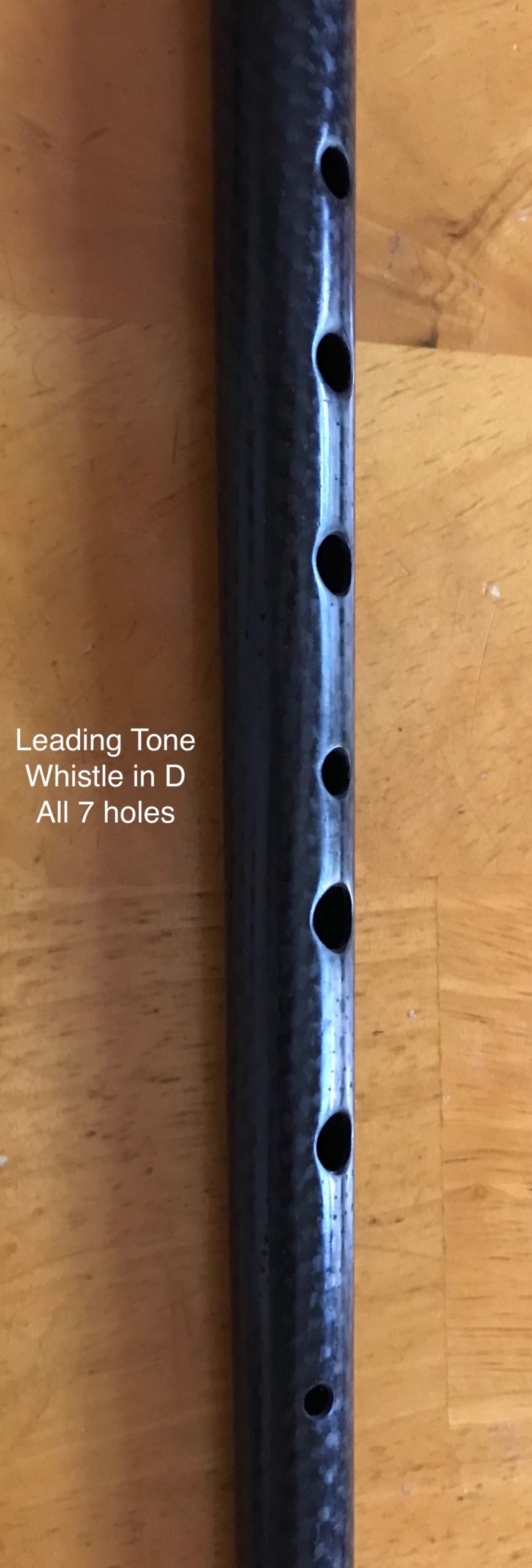
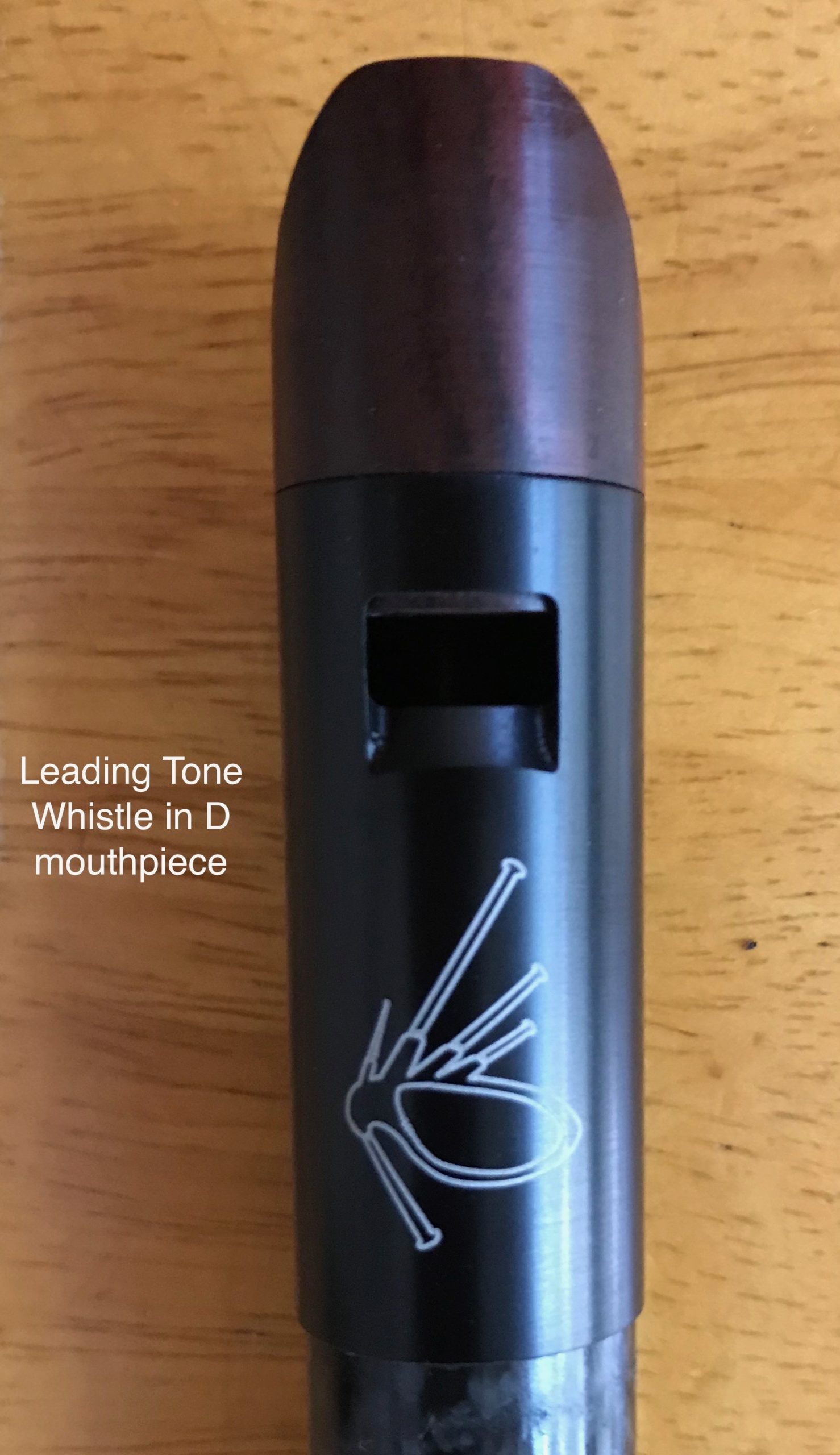
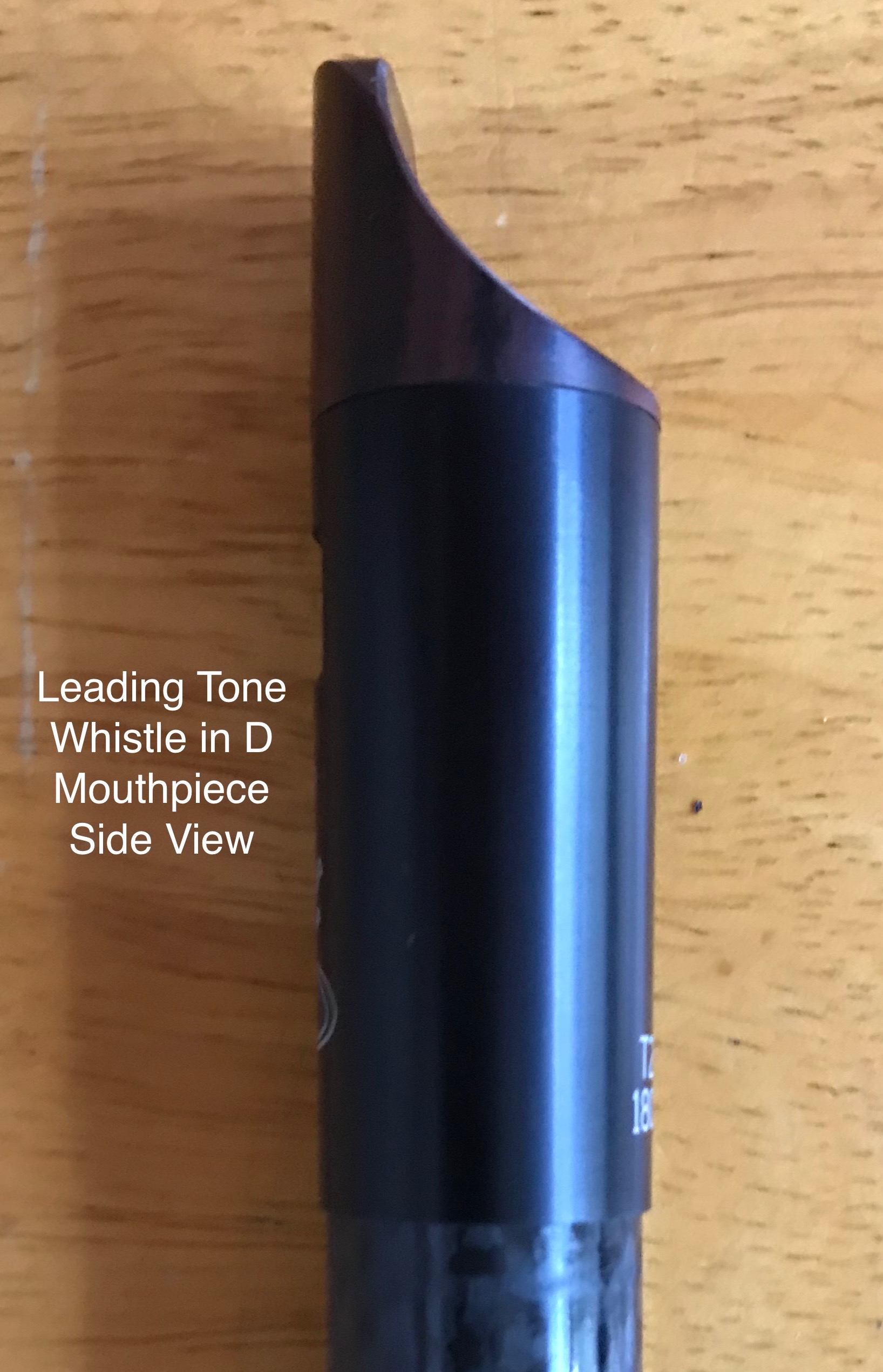
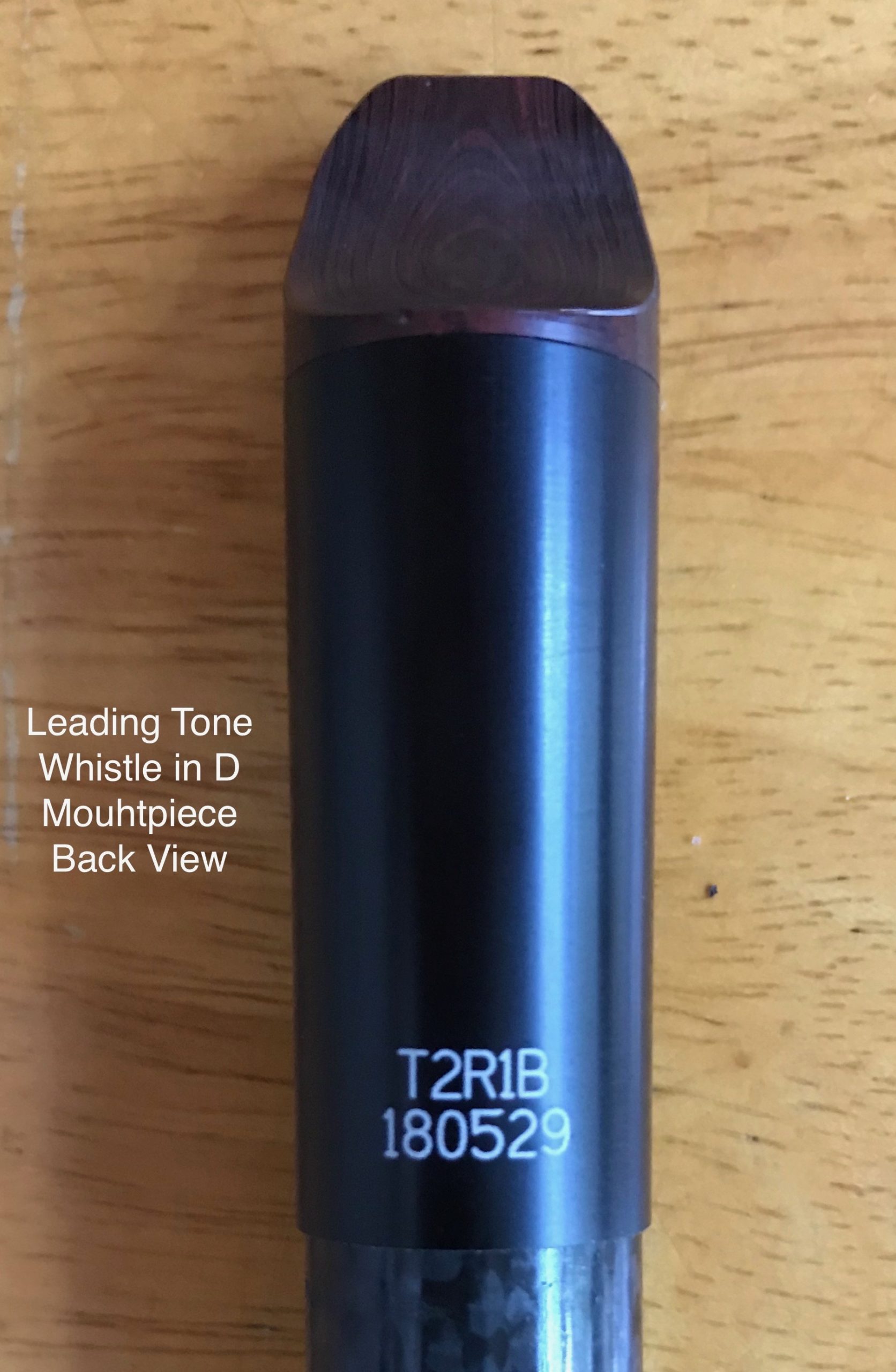
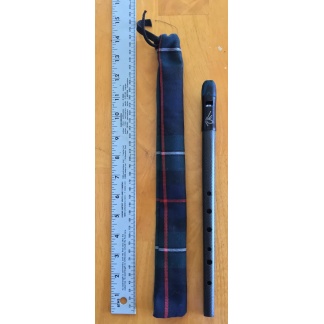

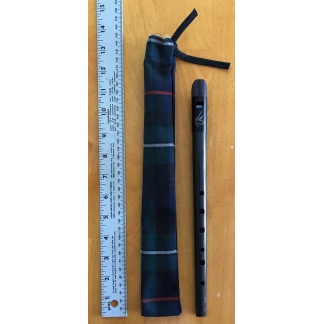
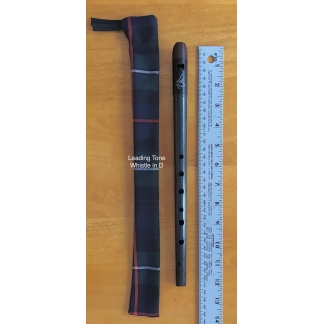
Reviews
There are no reviews yet.